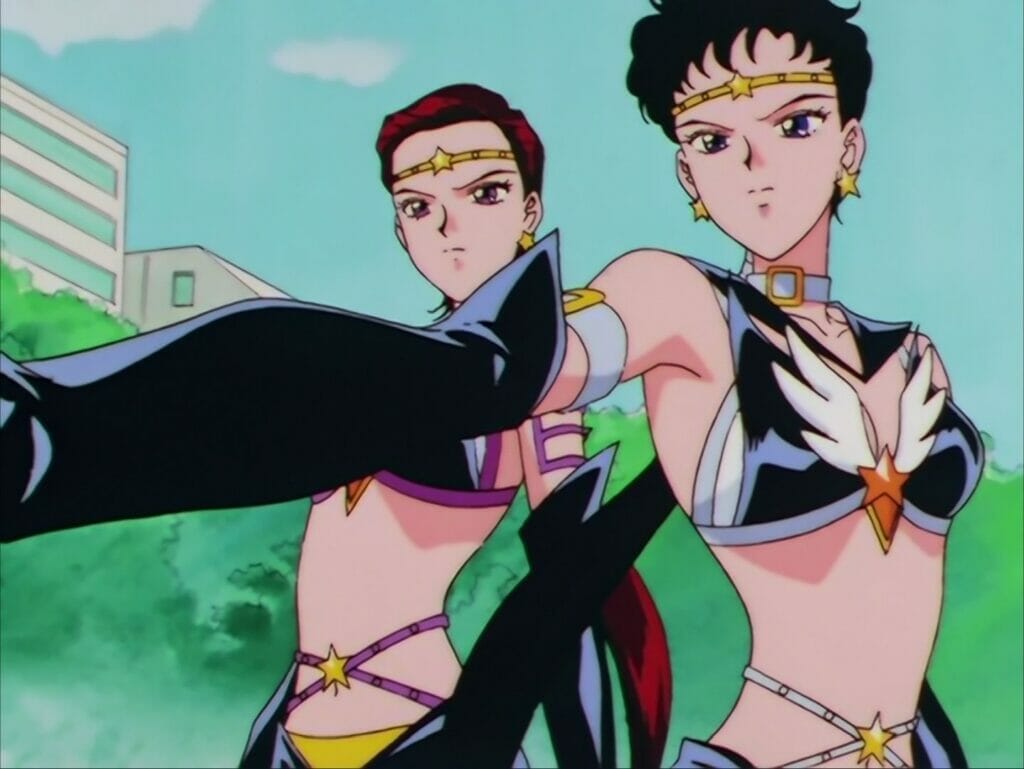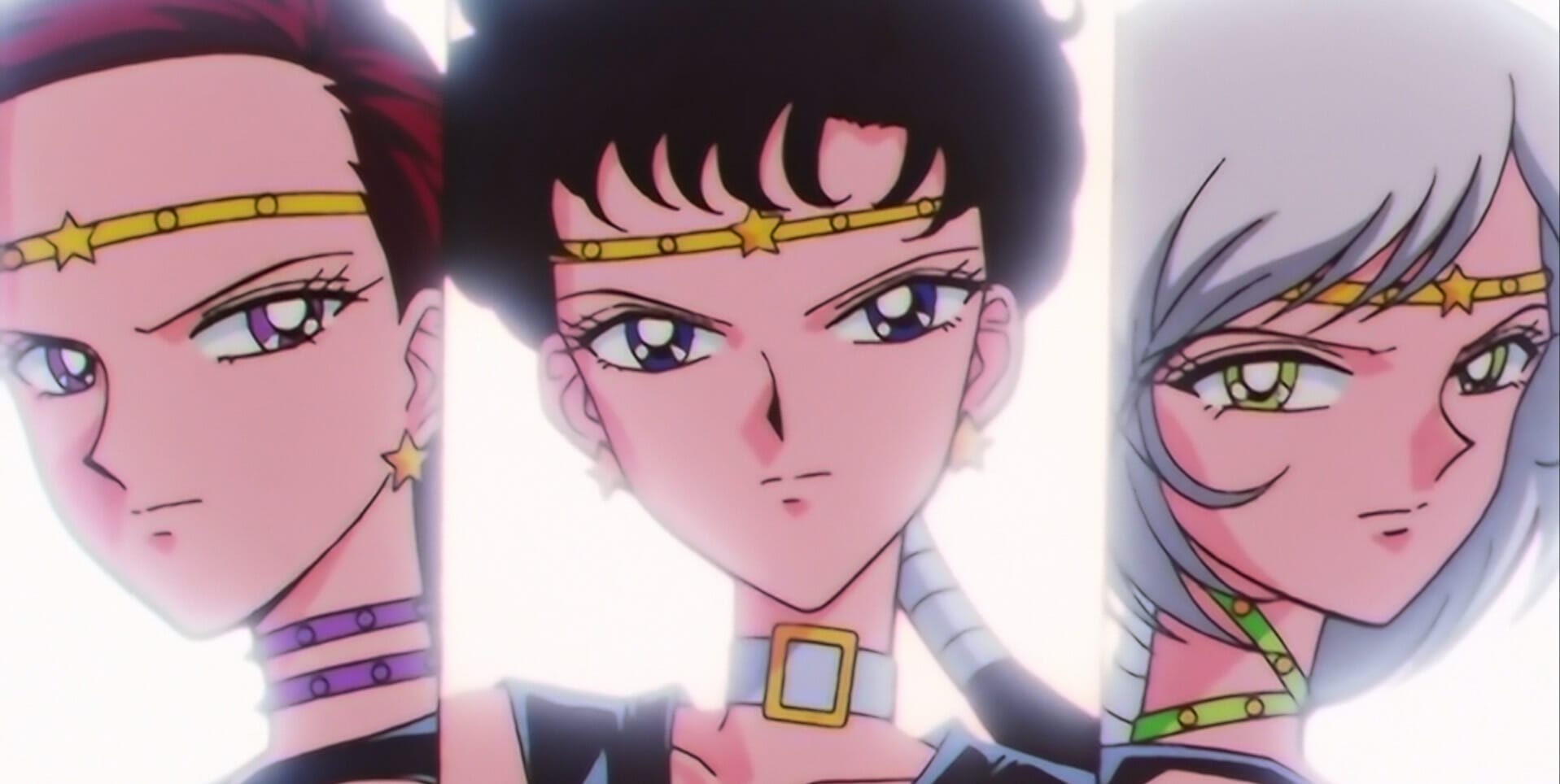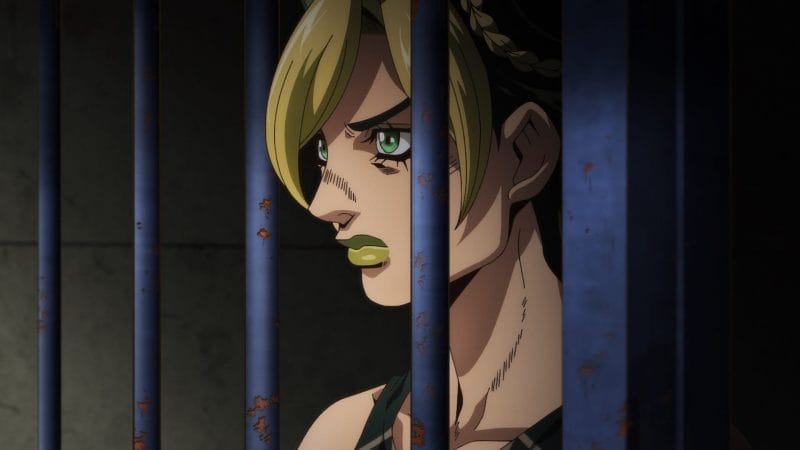As Sailor Moon Cosmos—the two-part cinematic finale to the Sailor Moon anime reboot that began with 2014’s Sailor Moon Crystal—made its long-awaited debut this June, it was hard not to reflect on the profound impact this beloved anime series has had on fans worldwide. For many individuals like myself, growing up queer and searching for a sense of belonging, Sailor Moon offered more than just captivating stories of magical battles and eternal love.
I was about four years old when the show first debuted in Brazil, but I still remember the immense impact that the story had on me. The revolutionary idea of fighting in the name of love and utilizing the healing powers of friendship didn’t get lost on me. As young as I was, I felt that this message was transformative. The world needed more of that.
But I had a better grasp on how unique this story was when I watched the complete series several years later at ten years old. Sailor Moon displayed romantic love in a way no other show had ever dared to, and the scene that solidified that to me was when Haruka Tenoh and Michiru Kaioh, Sailors Uranus and Neptune, respectively, held each others’ hands and gazed deeply into each others’ eyes. My cheeks reddened, and it was clear for the first time up to that point they were an actual couple. Unlike the American version by DiC, which censored their scenes and stifled their romance by dubbing them “cousins,” the Brazilian version of the show kept their dialogues intact.
It had never occurred to me up until that scene that one could love anybody regardless of their gender. I was invested, and from that moment on, I watched their love develop and I cheered for Sailor Uranus and Neptune. I hoped that they would find a way to not have to sacrifice themselves for the sake of the world. I prayed that they could be allowed to live as two girls in love. Although Sailor Moon has a leading couple in Mamoru and Usagi, Haruka and Michiru’s arc felt like a true and raw portrait of unconditional love in a way I had never seen before.
Around that time, I noticed how I felt about other girls in my class. I had plenty of crushes on boys before, but I had never allowed myself to acknowledge the ways girls also made me feel. A few years later, when I kissed another girl for the first time, I thought of Haruka and Michiru’s love for one another. And although I struggled with the way others could perceive my sexual orientation because I feared societal repercussions, I never questioned the validity of loving other girls, and in fact, I soon realized that gender was not a factor that defined who I could fall in love with.
Unveiling the Spectrum of Gender Identity

Sailor Moon was ahead of its time when it first aired in the 1990s, featuring characters who defied conventional gender roles and challenged societal norms. Haruka Tenoh stood out as an iconic figure for gender exploration. Her androgynous appearance and unapologetic confidence redefined the boundaries of femininity and masculinity, blurring the lines between the two. Notably, a scene in the manga describes Haruka as both a guy and a girl. The word “nonbinary” wasn’t in my vocabulary until I turned 23, but even as young as ten years old, I knew I wanted to explore the world beyond the lenses of my gender.
When Haruka appears in the series, the rest of the cast believes she is a boy. The girls, especially Usagi, Rei, Minako, and Makoto, develop a crush on her. But the fun thing that makes Sailor Moon stand out in its queer representation is that they continue to nurture crushes on Haruka even after discovering she is a girl.
The series pushed boundaries further in the final season, Sailor Stars, when they introduced the Sailor Starlights. They are sailor guardians from outer space who come to Earth on a secret mission. To achieve their goals, the Starlights appear as male pop stars. Their leader, Kou Seiya, or Sailor Star Fighter, captivated and confused me from the get-go, and they had the same effect on Sailor Moon, herself. Usagi felt conflicted, and drawn towards them as both a male civilian and a sailor guardian. As I became enthralled by this complexity, I researched everything I could about the character. I eventually discovered their image song, The One-Sided Love as Far Apart as the Galaxy, in which the character debates their duality and who they can be as both Seiya and Sailor Star Fighter.
It was clear to me that Seiya was both male and female and, much like Haruka, they embodied the two genders within one person. And it was clear to me that I experienced the same duality.
The Power of Representation

There are plenty of other equally beautiful and powerful queer storylines in Sailor Moon, which shows how deeply creator Naoko Takeuchi understood that love is the true equalizer. The first season, for example, showcases a love story between male villains Zoisite and Kunzite. Regardless of their antagonism towards the beloved Sailor Moon, their relationship remains beautiful and heartfelt until their very last scene. In Sailor Moon Super S, viewers are introduced to Fish Eye, a character who is male by birth but heavily identifies with womanhood and constantly sees himself as female. Fish Eye doesn’t come out as transgender over the course of the series, but it’s clear that he is comfortable and confident when he explores his femininity.
That said, it’s impossible to discuss queerness in Sailor Moon without addressing the series, first film, Sailor Moon R The Movie. The movie tells the story of Mamoru’s first friend and the first person who ever fell in love with the hero of our story. The dynamic that I cherish the most within Sailor Moon, though, comes about during the Sailor Stars Nehellenia arc, when Haruka, Michiru, and Setsuna adopt Hotaru as their child and the four guardians live as a united family. That moment in the story solidified the meaning of “chosen family” to me.
What’s impressive about Sailor Moon, aside from the natural way in which these storylines and queer characters happen and the fact that, in general, the rest of the characters don’t seem to react with anything other than mild surprise towards them, is the fact that the show and the manga constantly showcase that we all deserved to be loved for who we really are.
As the Sailor Moon Cosmos films debut, I can’t help but wonder how the new generation of Sailor Moon fans will respond to Seiya, the Starlights, and the idea that a person can fully embody their identity without limiting themselves to one gender identifier. And that love can be just what it is: love.
Edited By: Nicole Mejias












